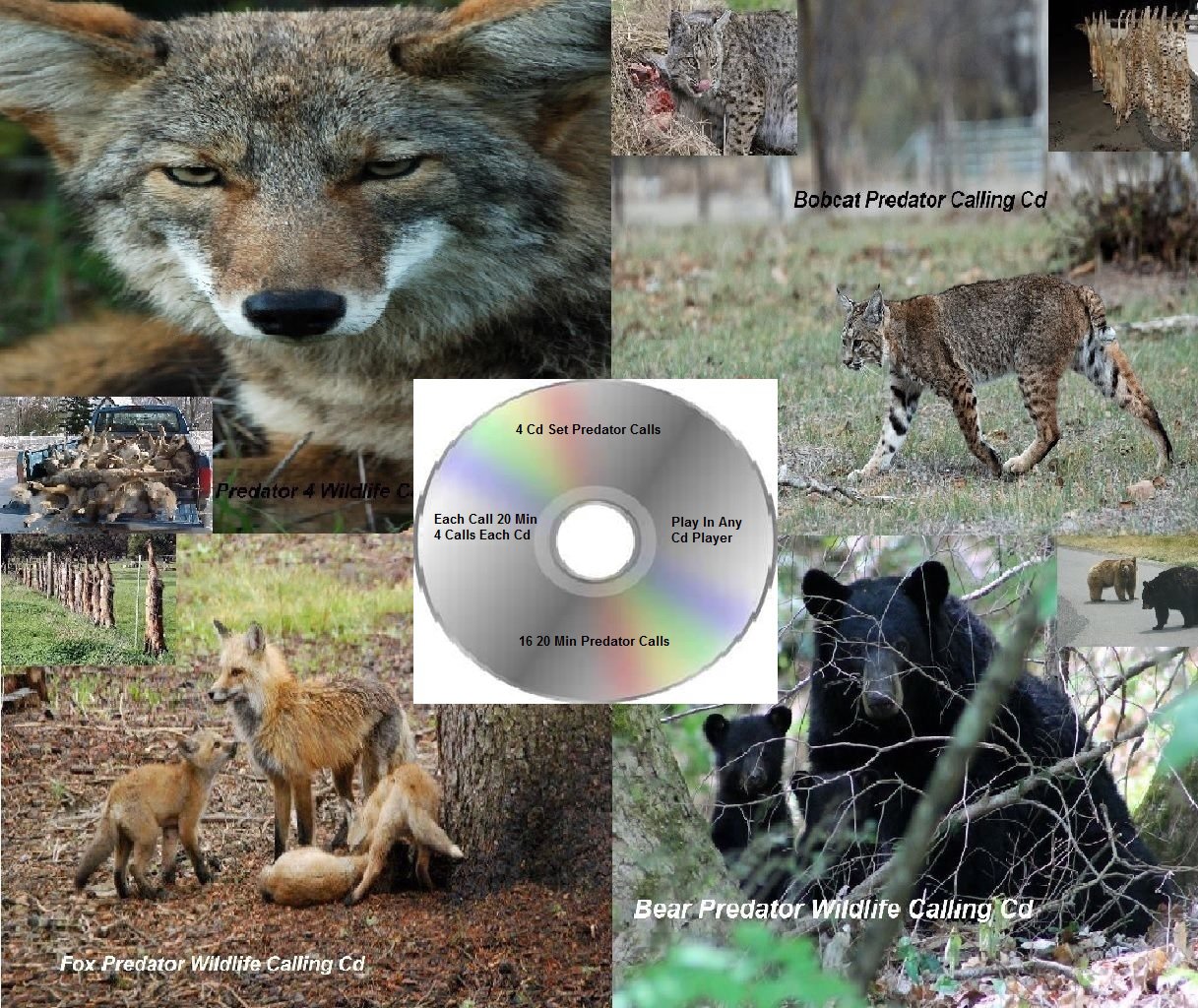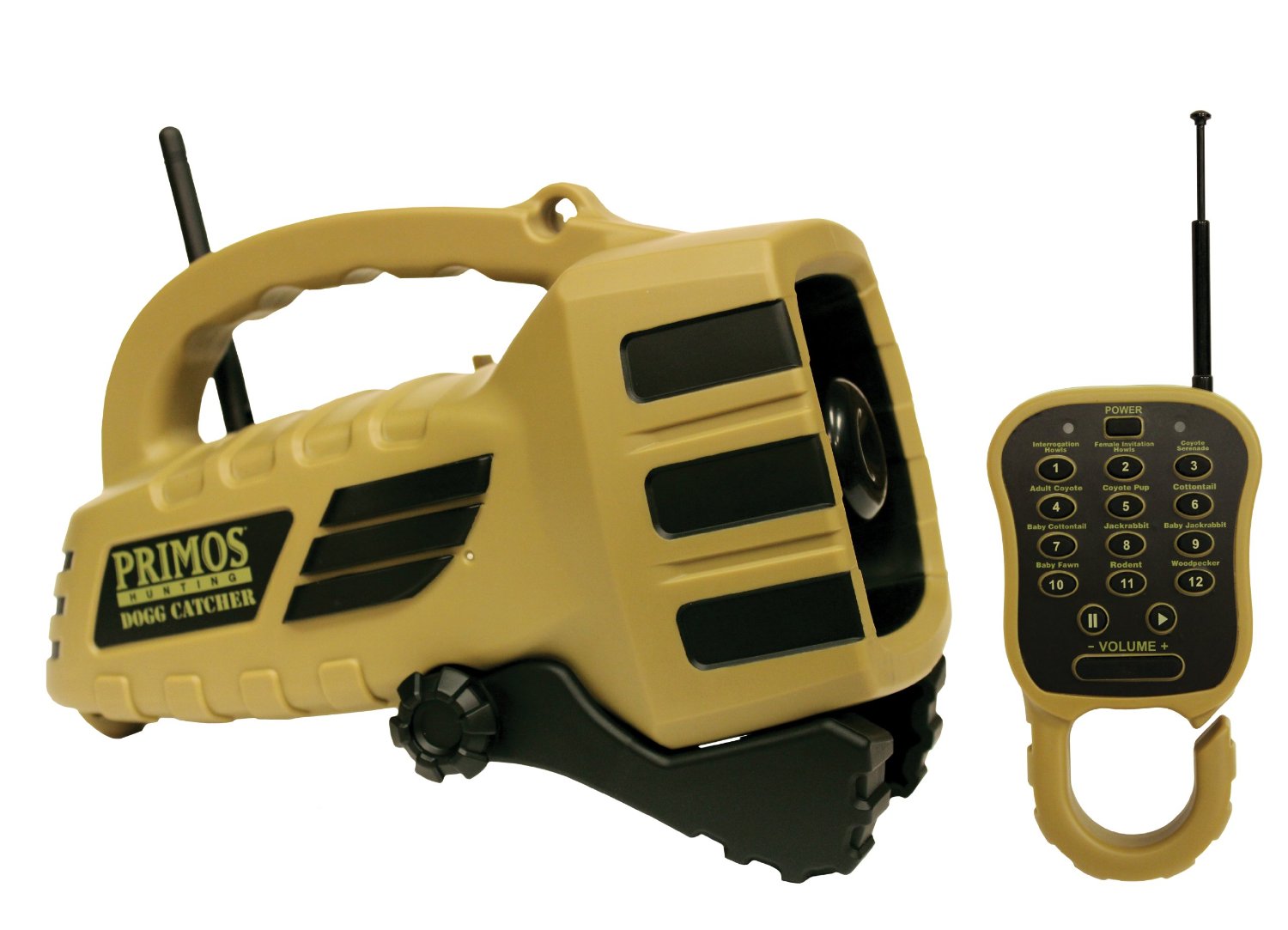

During springtime, the solo howl is also used to call out for potential mates. The solo howl is how they communicate with their packmates and other coyotes in the area to establish their territory. Their age, sex, size, and emotional state can all be interpreted by their quivering cries and yips. Each howl consists of specific information about the singing coyote. Group and solo howlsĬoyotes howl for a variety of reasons. Otherwise, you run the risk of intimidating the pack into hiding.
COYOTE CALL HOW TO
The challenge howl is useful throughout all seasons. The trick is to learn how to do it correctly. Of course, when done hastily and incorrectly, you may end up on overlapping territory. That means a challenge howl can send multiple packs running away from you rather than towards you. You can do this by paying close attention to their group howls and yips each night, which should allow you to zero in on their location. What makes the challenge howl useful is that it can draw out an entire pack of coyotes when used correctly. All you have to do is locate a pack’s core area. The “challenge howl,” also known as the “threat-bark howl,” is meant to fend off intruders. Coyotes don’t challenge other coyotes to fight they use intimidation to force predators and other packs into submission and then run them out of town. You’ll also want to diversify the volume and intensity of these calls to mimic both pups and adults to attract a broader range of coyotes. Whining and yelping work just as well during the spring and summer seasons, as long as you combine it with other calls. The best times to use whines and yelps for your coyote calling are the fall and winter when the coyote pups are still undispersed, and their parents are on high alert. Or, in the case of a young pup, distress. The coyote whine can communicate pain, hunger, or distress. The yelp most often communicates a submissive or startled response in the event of an attack or unpleasant surprise. This is especially true during the denning season when familial bonds are at their strongest. Whines and yelps also mimic social interactions and territorial behavior, and they can trigger parental instincts. Whines and yelps Whines and yelps are the natural calls of coyote pups. They’re also your most effective call sounds next to distress calls. However, spring is the breeding season for coyotes, which is when howling becomes the critical call. The prey distress call works in the springtime as well.

It’s my favorite call to use when predator hunting. Prey distress sounds can be used during any season, although it’s best when used during the fall and winter seasons. These seasons give you the advantage of the availability of younger and more brave coyotes. That’s why you must wait for at least 30 to 45 minutes after sending out prey calls. They’ll wait while other pack members scout the area, unseen. Adversely, the older, more experienced coyotes are much warier of predators. The only caveat is the age and recent experience of the coyote (or coyotes) you call.įor example, young, undispersed pups are bold and will readily answer to any distress sounds they hear. Rabbit distress, whitetail deer, mouse squeaks, and fawn distress calls are some of the most alluring calls you can have in your arsenal. They’ll also scavenge inanimate objects if the need arises.

The prey distress call is arguably your best coyote call sound. Coyotes are omnivores and well-known for their opportunistic feeding, meaning they’ll prey on almost any animal within earshot. Whether you’re using an electronic device with a decoy, or are calling the old-fashioned way with mouth calls, these are the sounds coyote hunters need to learn and put to use. The key to coyote calling is understanding the different vocalizations they make, so you can use them to draw the dogs into your range.

Coyotes are known as song dogs. After listening to a pack’s group howl, you’ll understand why.


 0 kommentar(er)
0 kommentar(er)
